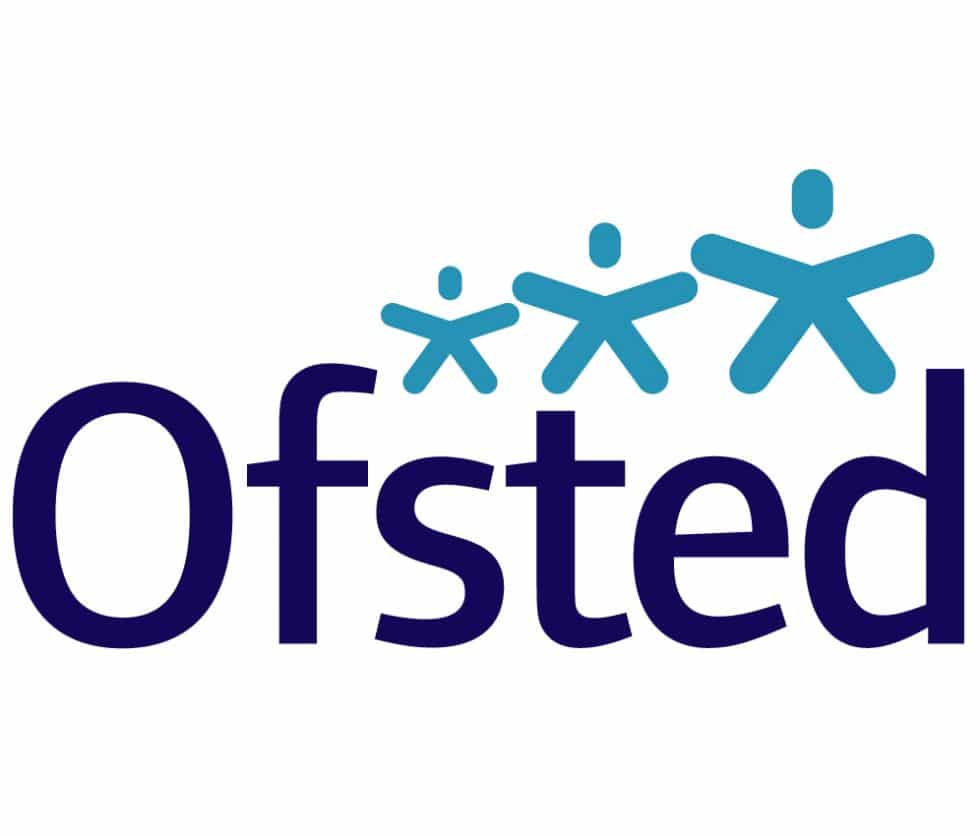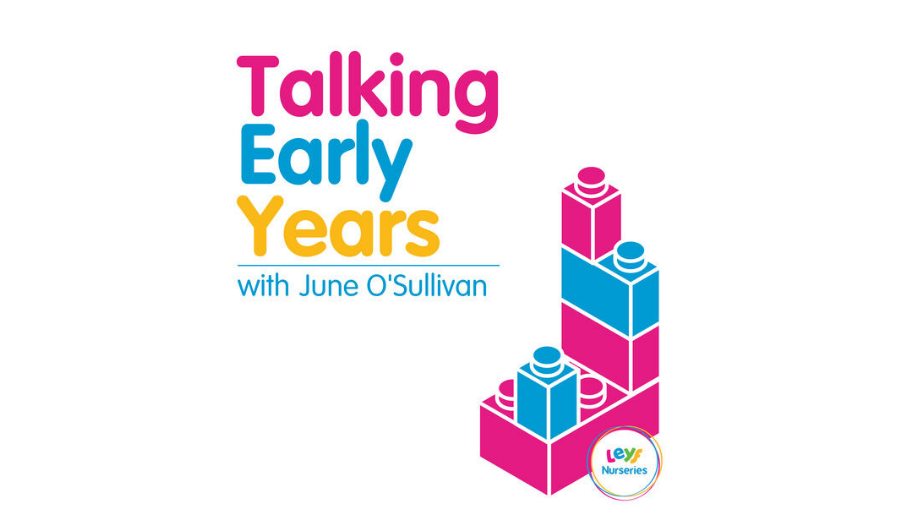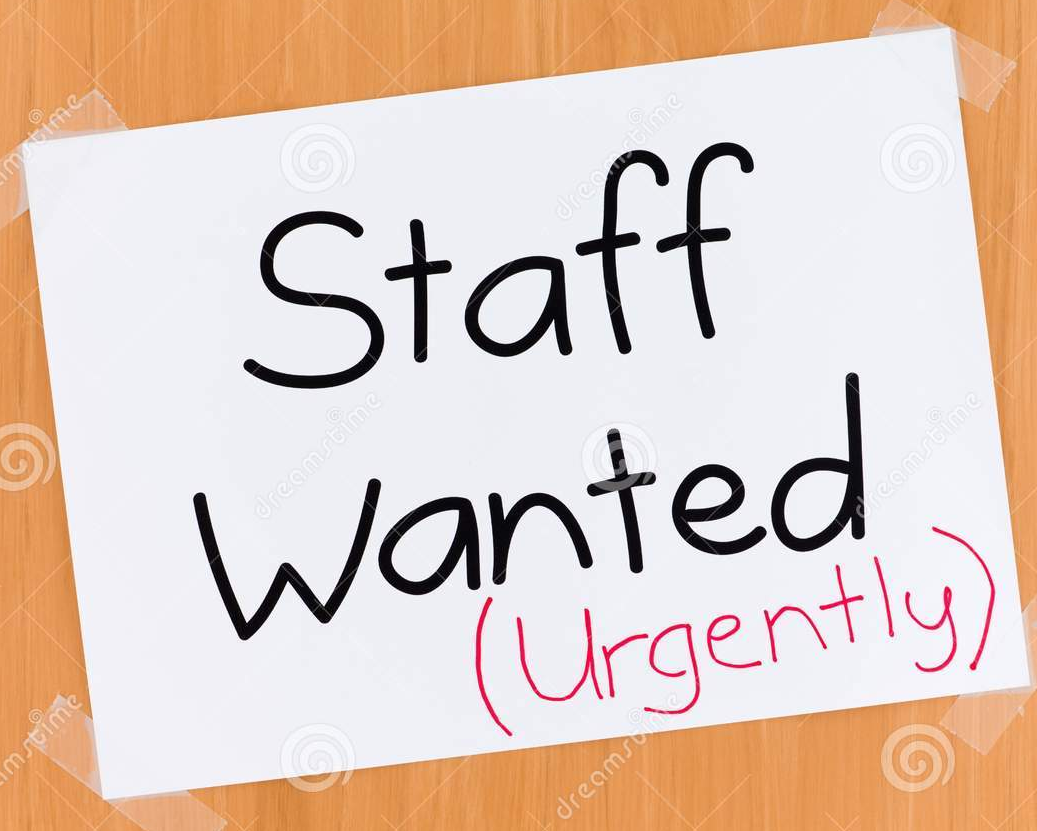
Developing Children’s Knowledge and Skills with Ofsted’s NEW Report
Ofsted has just published Report 2… …part of our series of subject-based curriculum research reviews. Do you remember the first one Best Start? This second…
May 28th 2020
When we were told by the Prime Minster on the 10th May that we would be able to open on the 1st of June we began to plan how we would do this, given we would need to abide by any rules that would emerge from the DfE guidance. Although that gave them twenty days to shape the guidance our experience tells us that we would not hear till right close to the wire and so I was ready. Midnight on Friday night I waited for the ping that would tell me the DfE guidance had dropped into my inbox. But it didn’t come and arrived as a little Bank Holiday Monday treat instead! I downloaded it ready for the read of a lifetime. Its competing with my current novel George Eliot’s Middlemarch. Would it be as pedantic and inflexible as Mr Casaubon? (Check him out!)
As a member of the group that has weekly calls with the DfE, I should have some idea what will be included but I honestly did not know. It’s a large group and therefore hard to manage as a conversation, although we also have the option to email ideas too. I think many people have done this but whether the ideas are welcomed is anyone’s guess. I don’t get to see a draft, maybe there is an inner circle but either way I wasn’t too panicked by the guidance as it all seems possible.
Having run fifteen nursery hubs during lockdown where no one got sick (a pattern confirmed also by colleagues across the 37% of nurseries which stayed open) I have come to trust the learning from our experience. I believe that our social distancing, hygiene regime, infection control measures, cleaning and management of direct transmission (for instance, when in close contact with those sneezing and coughing) and indirect transmission (via touching contaminated surfaces) were key to our protection and lowered our risk of cross infection. The DfE guidance reaffirms much of what we are doing in terms of hygiene and social distancing. The guidance references the high scientific confidence that younger children are less likely to become unwell if infected with COVID-19 and that is best managed by having smaller groups of 8 or sixteen children which align with the current EYFS ratios, which won’t change.
Every setting must complete a written risk assessment before opening. This does not need to be sent anywhere but must be available on request. The assessment should directly address risks associated with COVID-19, so that sensible measures can be put in place to control those risks for children and staff. All employers have a duty to consult employees on health and safety, and they are best placed to understand the risks in individual settings.
Add to the risk assessment action taken with food suppliers and other contractors for example cleaners and site maintenance as to how they will abide by the physical distancing rules and operate the hygiene measures when on the premises. Consider a monitoring system and contingency plan to minimise the impact of shortages of supplies and workforce.
I have encouraged staff to wear a mask or a face covering to travel on public transport or while shopping and we have asked parents to do the same so when we welcome the children we will be wearing a cheery mask using lovely fabric. I have seen some films made by possibly well-intentioned nurseries where the child is greeted by a staff member ready to perform major surgery in an operating theatre. There is no scientific reason for this. It’s scary and bad for the environment. Keep PPE for when you suspect someone might have symptoms, or if a child becomes unwell with symptoms of COVID-19 and needs direct personal care until they can return home. The guidance suggests that If a risk assessment determines that there is a risk of splashing to the eyes, for example from coughing, spitting, or vomiting, then eye protection should also be worn and you can source this from the local resilience forum.
The guidance has triggered more conversation about whether returning to nursery is right and safe. There is much talk of their vulnerability and wellbeing but I wonder how much this is adults filtering our own anxiety. Since March the children attending the nursery hubs have joined together, formed new friendships, taken all the extra cleaning in their stride and been adaptable, resilient and engaged. We need to pay attention to how we manage our own anxiety when we are preparing the children for the changes.
I realise that many educationalists, teachers and unions are upset that Reception is prioritised to return because it is a key transition year. That’s a shame as we could have happily kept those little four-year-olds in nursery for at least an extra term and given them time to play and build their conceptual skills so they could enter school in September with more confidence. What is this rush?
As soon as we heard the announcement for re-opening, we canvassed our parents and demand means that we will be a further 18 nurseries taking the total to 33 out of 39 nurseries with an occupancy average of 50%. This means we can have extra staff as one of the huge benefits during lockdown was having generous staff to child ratios which creating a wonderful pedagogically rich experience for children to wallow in.
We must be careful not to get so carried away with hygiene actions and instigating unnecessary actions such as taking temperatures and gowning up like Grey’s Anatomy that we forget the purpose of the nursery which is to educate the child. We are not housing the children in a nursery child park until their parents return.
So, prepare for the welcome and goodbye which will see children part from their parents at the door. They may have a new arrangement where they change shoes or clothes and wash their hands before going to their classroom. We have made a book for parents to read to their children in advance explaining the new routine. The children who have stayed throughout were very quick to adapt to the routine once it was explained and embedded as a regular pattern. If you have been closed a Zoom call might be sensible to reacquaint the children with their nursery, especially if it has been closed since March. Sand remains off the menu but I am looking for the scientific justification for that as the beaches are open (and crowded – this was Bournemouth on Bank Holiday Monday 25 May!).
The DfE guidance describes the need to create bubbles to limit the amount of mixing between groups to reduce the distancing between children and limit cross infection. Area dividers are allowed to help to keep children in different parts of the room and they suggest floor markings as helpful in assisting staff with keeping groups apart. I am only using nursery rooms where we can create a safe independent space. The only markings on the floor are the smiley faces drawn outside two metres apart to help parent’s queue.
The nursery managers reminded me that the pandemic meant they had limited malleable resources but they went into their cupboards and found washable items that they hadn’t used for ages. The DfE is keen that we use toys that can be cleaned so soft toys (if you ever bothered) should be reduced. The only proviso is how we manage transition items. Children need bunny so prepare to replicate him, so we have one at home and one at nursery. This is tricky and will take a lot of persuasion and creative negotiation.
However, our job is to find ways to provide a broad range of educational opportunities and the nursery staff did this by making much better use of conversations and following the children’s leads and imaginative play increased. Cooking and water play stayed on the menu and the outdoors became a rich source of opportunities. Outdoors we saw much more climbing, hiding, ring games (in small groups), parachute games, singing, drama and books. The guidance asks that we consider how resources can be used safely and in which circumstances and which items it might be more practical to remove during this time. Please don’t do the “health and safety ban dance” where everything is removed.
Assessment can be relaxed and the progress check at age two will not need to be undertaken during the COVID-19 outbreak until the temporary measures are lifted then the progress check should still be completed before the child turns three.
Many parents will be disappointed they cannot have a place as we will be operating much smaller numbers of places, so the guidance encourages us to continue with home learning. They give some odd suggestions but by now we have all collated a raft of suitable activities and suggestions. Some good books to read are recommended by BookTrust on starting school and feelings.
The DfE has provided guidance. Read it and see how it will work for you. But use the language of “best endeavours” to apply it appropriately. Balance hygiene information, research and common sense and then apply it in a way that recognises our primary purpose is to educate children.
Click HERE to download the LEYF Welcome Back to Nursery Booklet for parents.

Ofsted has just published Report 2… …part of our series of subject-based curriculum research reviews. Do you remember the first one Best Start? This second…

I kicked off this year’s podcast chatting to the well-informed Krupesh Hirani, London Assembly Member for Brent and Chair of the London Assembly Health Committee and the Health…

There is little doubt that the Recruitment and Retention issues facing the sector continue to cause concern and are impacting on the ability of more and more providers to meet…